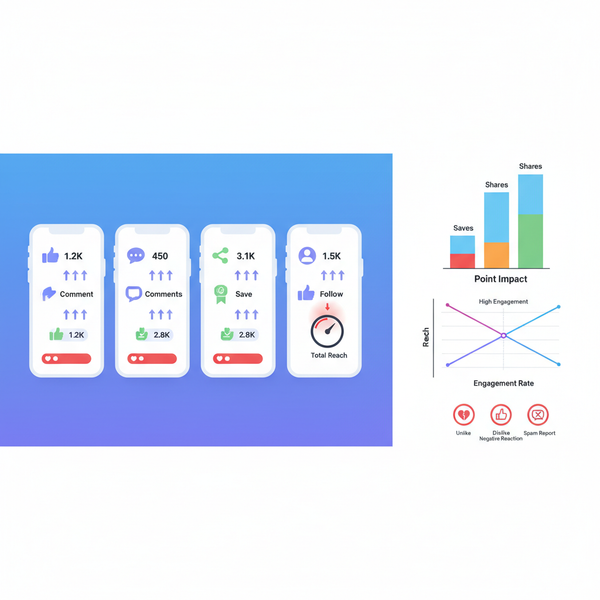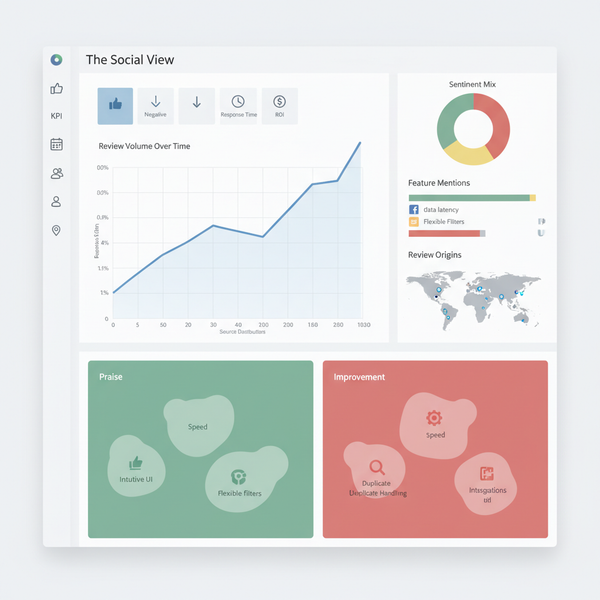Sprout Alternatives: Healthy Eating and Indoor Gardening
Discover nutrient-rich sprout substitutes, from microgreens to herbs, and learn indoor gardening tips to enjoy fresh greens safely year-round.
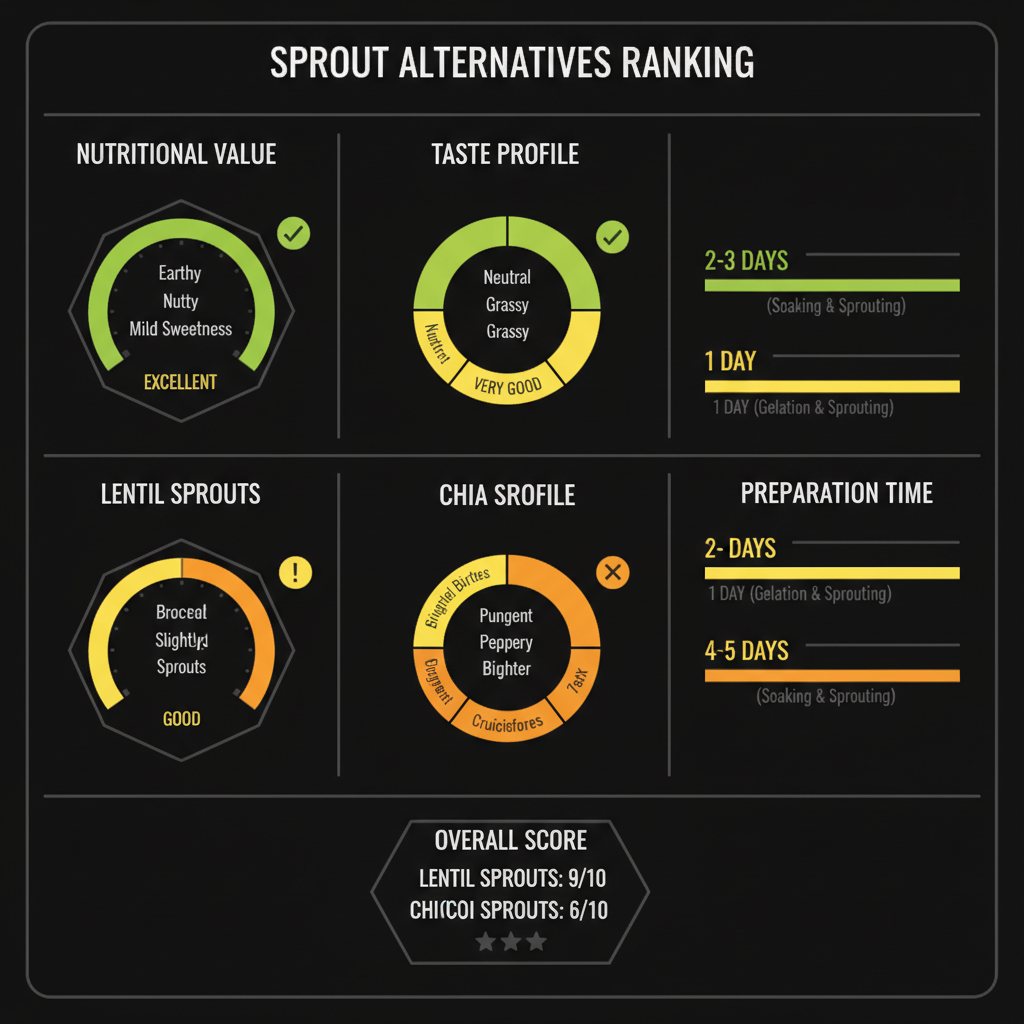
Looking for sprout alternatives that deliver fresh flavor, crunch, and nutrition—without the common food safety worries? This guide highlights the best alternatives to sprouts and simple indoor gardening methods so you can grow and enjoy them year-round.
Introduction: Why consider sprout alternatives
Sprouts have long been celebrated as a nutrient-rich addition to salads, sandwiches, and a variety of dishes. They are young shoots of seeds that are harvested just days after germination, often praised for their vitamin C, protein, and mineral content.
However, while sprouts can be beneficial, many people are now exploring sprout alternatives. Motivations include:
- Nutritional variety — diversifying your plant-based intake beyond one type of shoot
- Safety concerns — avoiding risks of bacterial contamination that can be common in raw sprouts
- Availability — some sprouts are seasonal or hard to find fresh

This guide explores healthy eating options that substitute or complement sprouts, plus indoor gardening methods to grow these alternatives year-round.
---
Common issues with sprouts
Sprouts, especially when consumed raw, come with certain challenges:
- Contamination risks — Moist and warm sprouting conditions can harbor bacteria like E. coli and Salmonella
- Short shelf life — Fresh sprouts can spoil in just a few days
- Fragility — They can wilt quickly and lose texture in meals
These issues have pushed health-conscious consumers and gardeners toward other options that offer similar or better nutrition without the drawbacks.
---
Top plant-based food alternatives to raw sprouts
Below are the primary categories of sprout alternatives that you can explore in both diet and gardening:
- Microgreens
- Leafy greens
- Herbs
- Germinated legumes
---
Microgreens: nutritional profile and growing tips
Microgreens are young vegetable greens harvested slightly later than sprouts, typically 7–21 days after germination. They are known for concentrated nutrient levels and vibrant colors.
Nutrition highlights:
- Rich in antioxidants
- High levels of vitamin K, C, and E
- More nutrient density per gram compared to mature greens in certain cases
Growing tips:
- Use shallow trays with quality potting mix or hydroponic mats
- Keep in indirect sunlight or under grow lights
- Maintain steady moisture without waterlogging
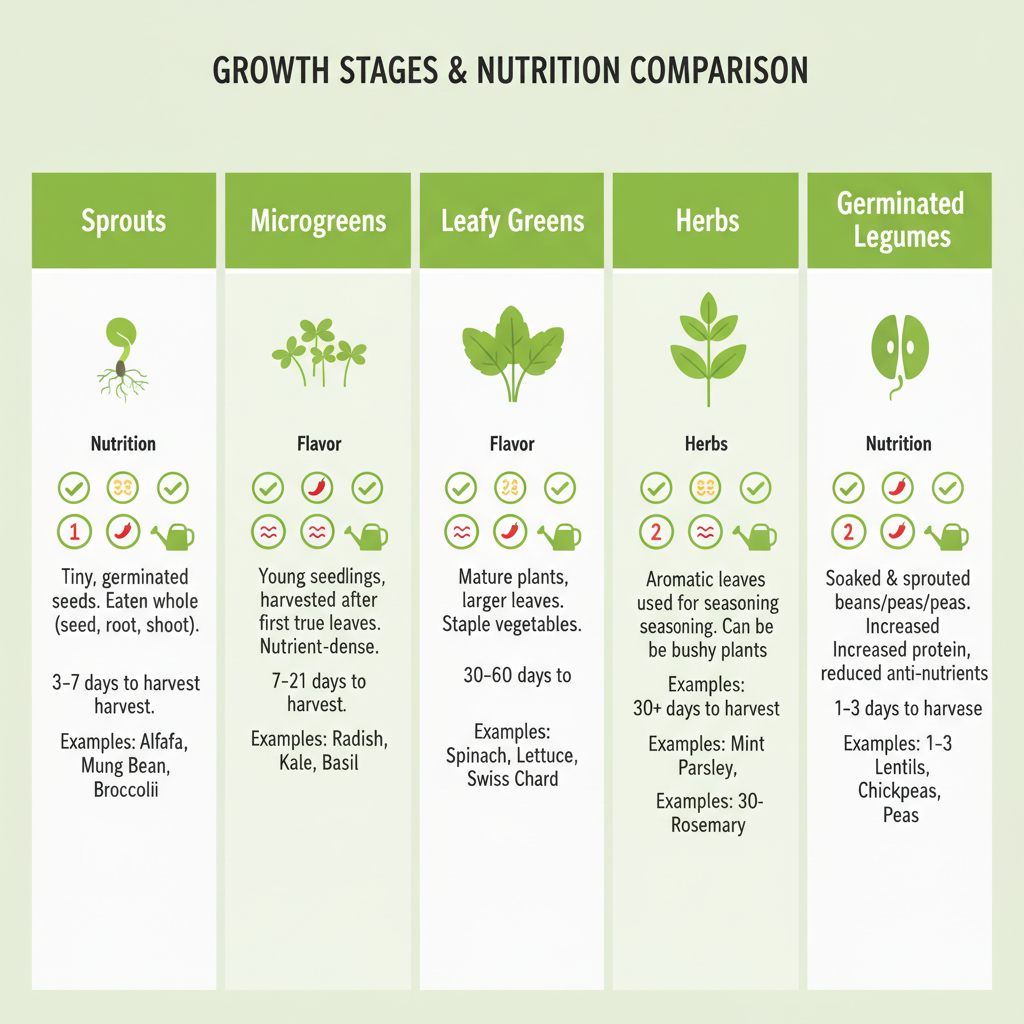
Microgreens are easy to grow indoors and avoid some contamination risks associated with sprouts since they are grown above soil or substrate rather than submerged in water.
---
Leafy greens: kale, spinach, and romaine lettuce benefits
Leafy greens are a versatile sprout alternative and can be grown hydroponically, in small pots, or sourced fresh from local stores.
Benefits
- Kale: High in vitamin A and lutein; great for sautéing or salads
- Spinach: Loaded with folate and iron; ideal in smoothies and wraps
- Romaine lettuce: Low-calorie, crisp texture; perfect for fresh salads
They offer longer shelf life when stored properly and can be harvested continually in indoor gardens.
---
Herbs: basil, parsley, and cilantro for flavor and micronutrients
Fresh herbs add both nutrition and intense flavor to dishes, making them a perfect swap or addition to meals that would otherwise include sprouts.
- Basil: Anti-inflammatory properties; aromatic taste in pasta and grain bowls
- Parsley: Vitamin K-rich; brightens salads and soups
- Cilantro: Distinct flavor and phytochemicals; excellent in tacos, curries, and salsas
Growing herbs indoors is straightforward, and they require minimal space.
---
Germinated legumes: chickpeas, lentils, and mung beans
If you enjoy the texture of sprouts but want a safer, protein-rich alternative, germinated legumes are an excellent choice.
Nutritional perks:
- Increased bioavailability of nutrients after germination
- High protein and soluble fiber
- Lower glycemic index compared to un-germinated legumes
Preparation involves soaking overnight and then allowing legumes to sprout partially or fully, followed by cooking or using them in salads.
---
Indoor gardening alternatives to sprouting
Shifting to indoor gardening broadens the variety of fresh foods without relying solely on traditional sprouting.
Hydroponic greens setup
Hydroponic systems grow plants in nutrient-rich water without soil, producing clean and fast yields.
Advantages:
- Faster growth cycles
- Reduced pests and contamination risks
- Space-efficient
Hydroponics can be used for lettuce, kale, and baby greens year-round.
Countertop microgreen kits
Compact kits allow anyone to grow microgreens in kitchens or small spaces. They include trays, growing medium, and seeds, and usually don’t require outdoor access.
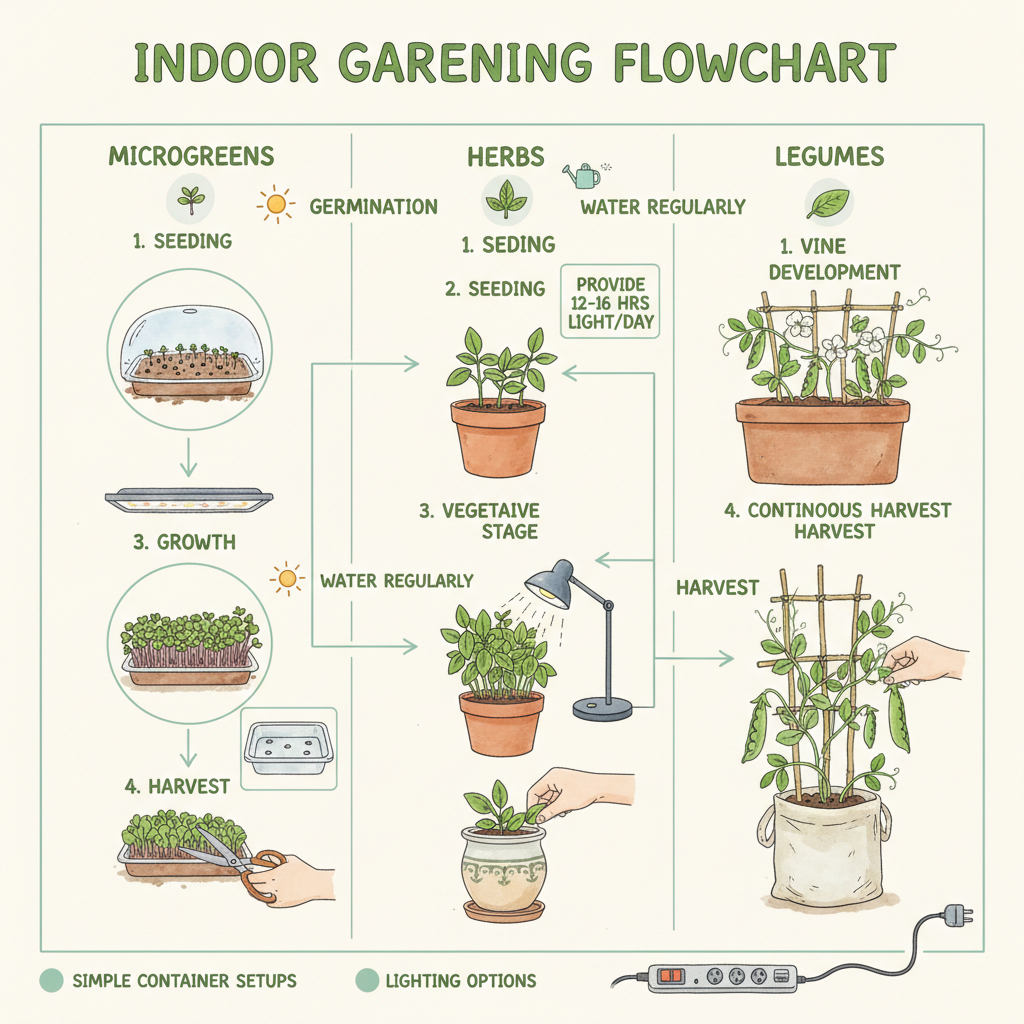
Soil-based herb pots
Classic terracotta or ceramic pots with quality soil are perfect for basil, parsley, and mint. Regular pruning encourages continuous growth, and pots can sit in windowsills with good sunlight exposure.
---
Comparison chart: sprouts vs alternatives
Below is a simplified comparison of sprouts and their common alternatives:
| Food Type | Average Growth Time | Primary Nutrients | Relative Cost | Contamination Risk |
|---|---|---|---|---|
| Sprouts | 3–7 days | Vitamin C, Protein | Low | High |
| Microgreens | 7–21 days | Vitamin K, Antioxidants | Medium | Low |
| Leafy Greens | 30–60 days | Vitamin A, Folate | Medium | Low |
| Herbs | 30–90 days | Vitamin K, Phytochemicals | Medium | Low |
| Germinated Legumes | 2–4 days | Protein, Fiber | Low | Low |
---
Tips for incorporating alternatives into daily meals
Smoothie blends
Add spinach, kale, or microgreens to smoothies for an instant nutrient boost.
Sandwich fillings
Layer romaine or baby greens instead of sprouts in wraps or sandwiches for crunch without risk.
Salad toppings
Use germinated chickpeas or lentils over mixed greens for texture and added protein.
Warm dish garnishes
Top soups, curries, and pasta with freshly chopped herbs and microgreens to enhance flavor and nutrition.
---
Sourcing and storage best practices for freshness
Buying tips:
- Choose local produce when possible to reduce transit time
- Inspect leaves and stems for crispness, color, and aroma
Storage tips:
- Store leafy greens in breathable produce bags in the refrigerator
- Keep herbs in jars of water with stems submerged, or wrap in damp cloth
- Consume microgreens within 5 days for maximum flavor and nutrients
- Rinse germinated legumes and refrigerate; use within 2–3 days
---
Summary and next steps
Sprouts are a healthy option, but for those concerned about safety, variety, or availability, sprout alternatives like microgreens, leafy greens, herbs, and germinated legumes are excellent choices. Indoor gardening methods such as hydroponics, countertop kits, and herb pots make it easy to cultivate these foods year-round, ensuring fresh and nutritious produce at your fingertips.
Ready to upgrade your routine? Pick one sprout alternative—microgreens, leafy greens, herbs, or germinated legumes—and add it to a meal this week. If you enjoy it, set up a simple indoor growing system so fresh, safe greens are always within reach.

